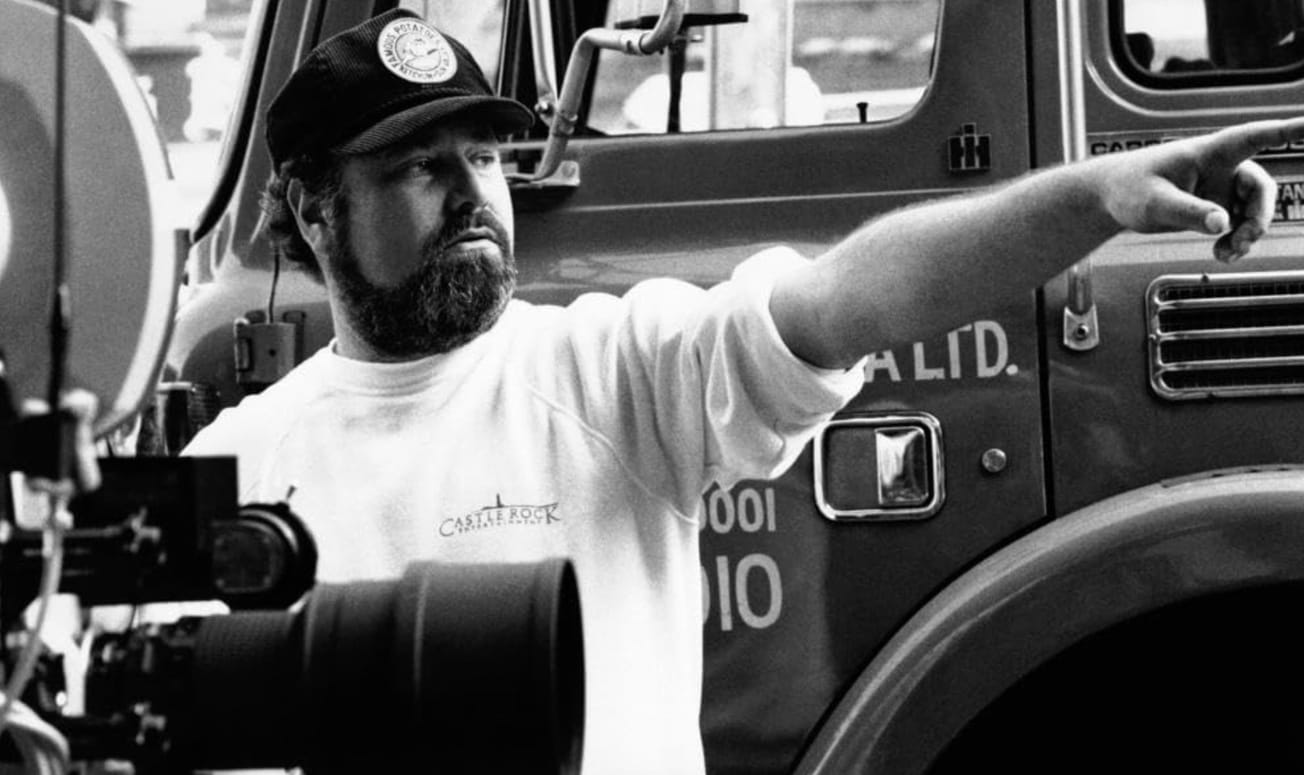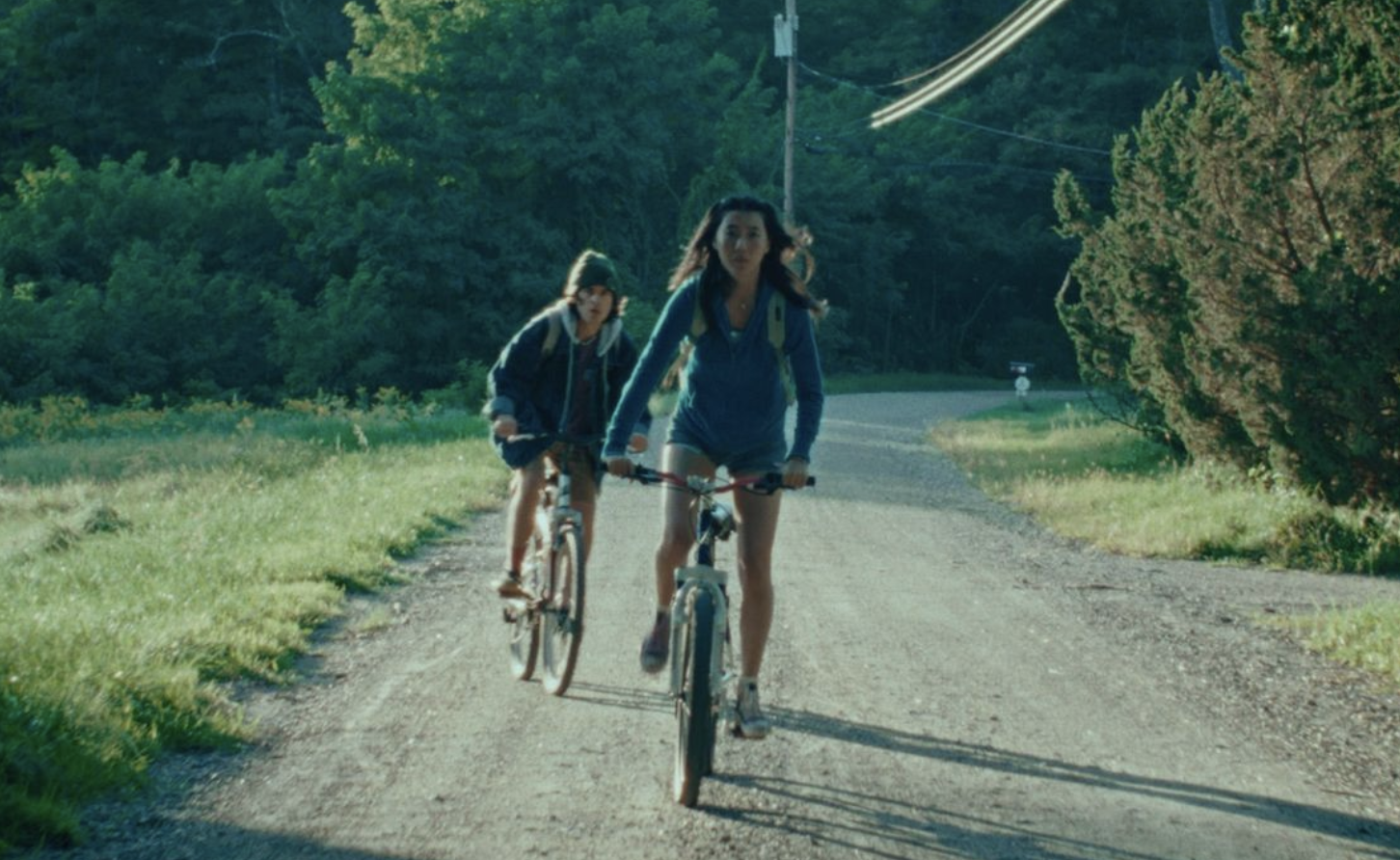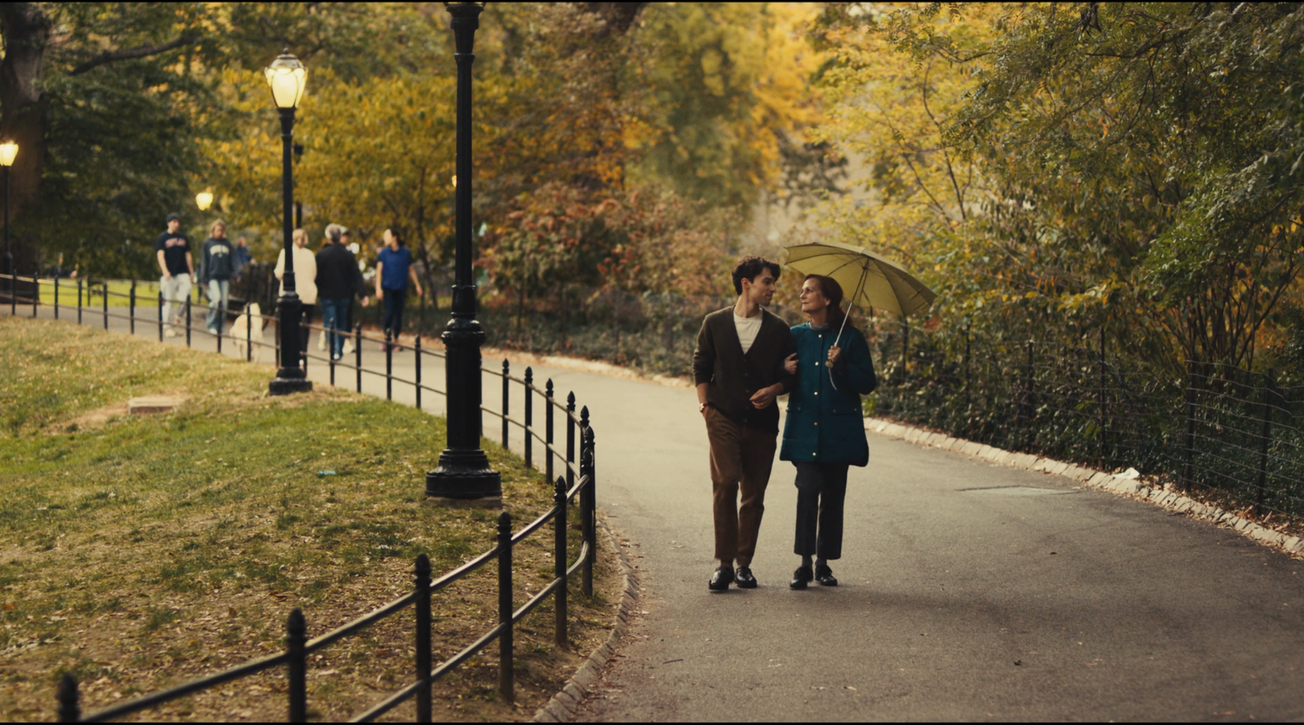By Amelie Patel, Second Year, English Literature
Thanks to the Bristol Slapstick Festival, I was able to catch a screening of Blazing Saddles (1974) introduced by the wonderful Steven K. Amos. A pioneering comedy of its time, the film has managed to continue its profound impact. It blends the slapstick, satirical and absurd to comment on the racial discrimination faced by particularly black, and other marginalized groups in America in the context of salient movements of the time, notably the Civil Rights Movement and Vietnam War protests.
At Bristol Beacon Hall on a Saturday evening, the cinema was astir with anticipating cinephiles, who had gathered to watch one of Mel Brooks’ most acclaimed comedies: Blazing Saddles. The screening was preceded by an insightful Q&A session with Stephen K Amos, which introduced the audience to crucial themes of the picture without giving too much away; corruption, greed, sexism, and of course, racism.

A key thing to note before watching the film is the repeated use of the N-word, which Amos notes was casually used in the 70s. To a modern audience, its use in everyday dialogue is a disarming, shocking, and disturbing phenomenon. Amos referred to its use to open up a larger discussion on the power of words, and the fine line between reclaiming a word and employing it without critical attention to its goal. Its use in the movie unsurprisingly sparked critical debate, and even the makers of the film offer no clear consensus of a position. By the 1980s, Richard Pryor (who co-wrote the picture) spoke about his use of the N-word with regret and his desire to not use it again. On the other hand, Brooks suggested in 2012 that ‘If they did a remake of Blazing Saddles today, they would leave out the N-word. And then, you've got no movie.’ In these discussions, there is no one affirmative answer. More largely, in regards to the discourse of free speech, Amos clearly wanted to signal what he sees as a generational shift with the advent of social media, with people ‘Now afraid of saying what they think.’ He views this as dangerous, highlighting how the context of 70s America in the movie can translate to our contemporary landscape. In all, it was fruitful food for thought.
Blazing Saddles is a spoof that spins the average Western, White American narrative on its head. A black Sheriff is appointed by a corrupt politician in the small town Rock Ridge to prompt the residents to desert the town, as part of a larger scheme to occupy the land for a railway project. In a turn of fortunes, Sheriff Bart becomes the hero of the story, winning the town people over and organising them into a worthy adversary to the politicians' assembly.

The film introduces us to the typical, small Western town filled with conservative, small-minded comedic stock-characters. Jim, Bart’s sidekick informs us that: ‘These are people of the land. The common clay of the new West. You know... morons.’
Sheriff Bart is a champion of the ‘other’ in the context of this landscape - Mongo, the illiterate outlaw, Lily, the sexually exploited prostitute, and the black, Chinese and Irish community who rally behind his lead. There is something timeless about the portrayal of a hero who empowers the discriminated, minority groups of society to effect change. He even rubs off on the residents of Rock Ridge, who reluctantly overcome their prejudices to support him against the Governor and his sidekicks.
Furthermore, it employs a slamming style of comedy which sustains itself across the 93 minute time, a commendable feat. The western props - hat, horse and whip are all cleverly employed for physical comedy, creating embarrassing events which rebounded across the film. However the best humour originated from Bart’s enigmatic character, which is dynamic and innovative in the face of the many challenges set up for him, such as when he hilariously defeats Mongo by dressing up as a post officer and delivering him an explosive box of candy. However I can see how the style of comedy is perhaps at moments too bombarding - the film critic Roger Ebert assesses that the movie is a ‘Crazed grab bag of a movie that does everything to keep us laughing except hit us over the head with a rubber chicken. Mostly, it succeeds.’

The most interesting element to me was the impressive engagement with postmodernism, such as when the locals form a replica model of their town to trick the army of thugs employed by the Governor. This influence invaded the movie whole-heartedly at its end, with the Rock Ridgers invading a neighbouring movie set, Bart riding his horse out of the Hollywood film set, hailing a cab to the cinema, defeating Lamarr (one of the villains), and entering the cinema to watch the ending of the picture with us.
All in all it was a riveting watch, which is sure to incite a powerful response from its audience - whether you are inspired, thought-provoked or left understandably troubled by the liberal use of racial slurs. It is a hugely effective comedy, with its creative subversion of the traditional Western, and use of humour to tackle racism in an engaging, and enlightening manner. Sheriff Bart looks into the camera, right at the audience, during the movie, and says ‘I like to keep my audience riveted.’ I can safely say it did just this.
Be sure to catch @slapstickfest when it comes around next year!








